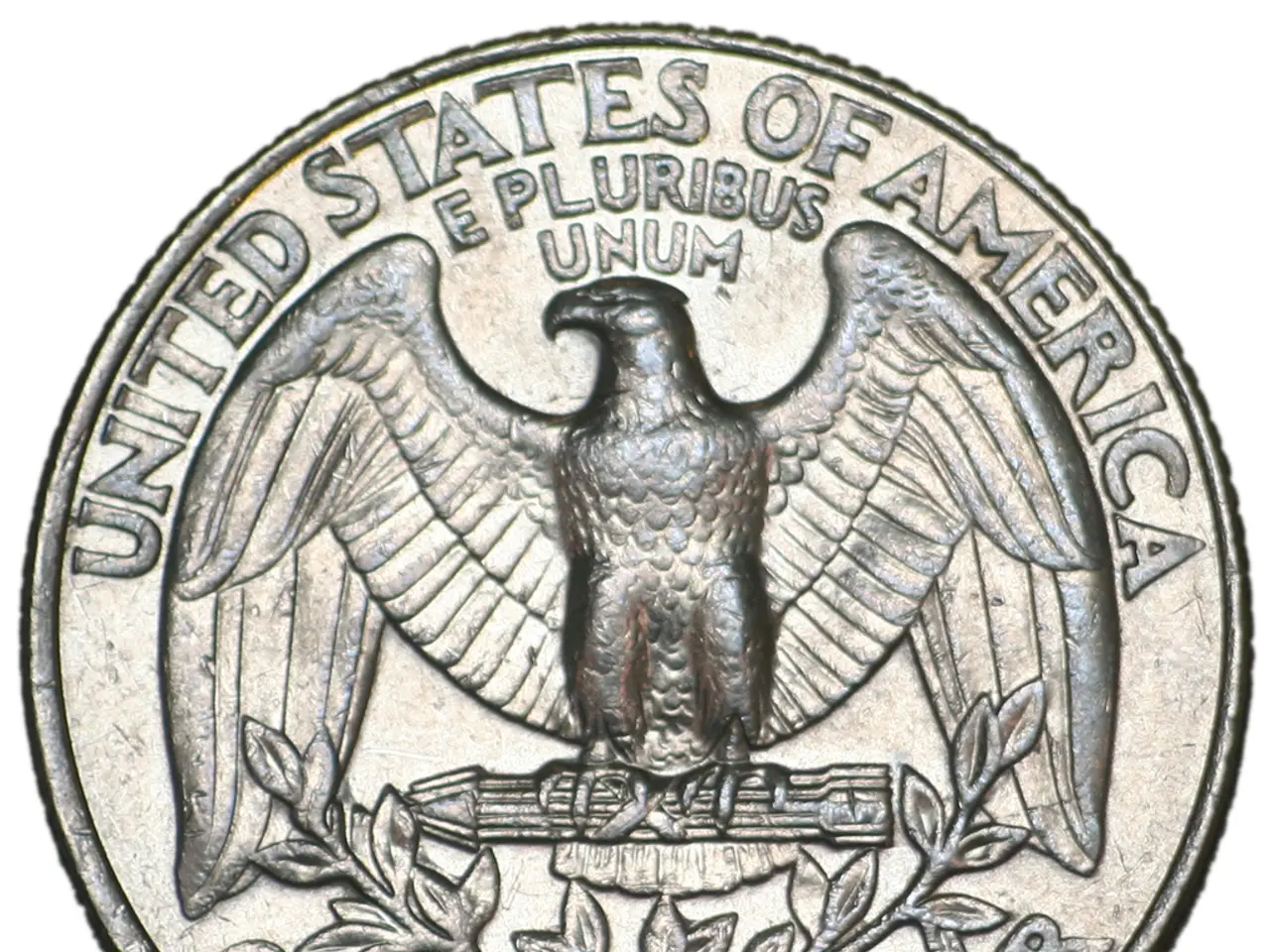USDT's Status Remains Unclear under MiCA Due to Lack of Regulatory Restrictions
EU Exchanges Gradually Delist Tether's USDT Stablecoin as MiCA Regulation Takes Effect
The European Union (EU) is currently in the process of delisting Tether's USDT stablecoin from various exchanges, following the full implementation of the Markets in Crypto-Assets (MiCA) regulation. This move is a response to the MiCA rules that require stablecoins to meet strict compliance requirements, including holding reserves in EU-based banks and obtaining an electronic money institution (EMI) license.
The delisting process has been gradual, with the first signs appearing in late 2024 and continuing through 2025. Notable exchanges such as Coinbase, Crypto.com, Binance, and Kraken have already removed USDT trading pairs due to Tether's lack of compliance with MiCA regulations.
The delisting of USDT does not prevent EU users from holding or transferring the tokens, but trading or converting them on regulated EU exchanges is no longer possible. Some platforms may allow "sell only" operations for existing USDT holdings for a brief transitional period ending around Q1 2025.
The shift towards compliant stablecoins like USDC, EURC, and others developed under MiCA's parameters has resulted in liquidity challenges in European crypto markets. Tether's CEO has criticized the regulation as overly burdensome and has decided to exit the EU market in response, making a full USDT return to EU exchanges unlikely without regulatory changes.
Juan Ignacio Ibañez, a member of the MiCA Crypto Alliance's technical committee, has stated that no regulator has explicitly said USDT does not meet requirements. He also questioned whether all exchanges will delist USDT simultaneously, if it will happen gradually, or if some companies will adopt a 'wait and see' approach.
The transition period for MiCA's enforcement in the EU is 18 months, during which existing businesses can continue operating under current legislation until January 1, 2026. As of December 27, Binance and many other exchanges continue offering USDT services to EU clients without announcing plans to cease these operations.
A new concern raised by Tether's CEO, Paolo Ardoino, is the 60% reserve requirement for stablecoins in potentially "vulnerable" EU banks. Ardoino has pointed to this requirement as a potential concern, expressing worries about the systemic risk MiCA poses to stablecoins and the banking system.
Another concern raised by Ardoino is the potential systemic risk MiCA poses to the banking system. He has stated that the regulation could create a "domino effect" that could destabilize the financial system if not properly managed.
In summary, EU exchanges are expected to delist USDT, with a mostly gradual, regulation-driven rollout rather than an instantaneous or purely 'wait and see' approach. The delisting process has been ongoing since late 2024 and is expected to continue through 2025. The shift towards compliant stablecoins has resulted in liquidity challenges in European crypto markets, and Tether's CEO has criticized the regulation as overly burdensome and has decided to exit the EU market in response.
| Aspect | Description | |------------------------------|----------------------------------------------------------------------------------------| | Delisting Status | EU exchanges have already begun delisting USDT since late 2024 | | Regulatory Basis | MiCA mandates delisting of noncompliant stablecoins lacking EMI licensing | | Timing/Approach | Gradual phase-out linked to enforcement deadlines; not a single simultaneous event | | User Impact | Holding/transfers still allowed; trading on regulated EU exchanges effectively banned | | Market Effects | Liquidity issues, shift to compliant stablecoins like USDC, EURC | | Tether's Response | Tether CEO condemns MiCA, chooses to exit EU market instead of compliance | | New Concerns | 60% reserve requirement in MiCA; potential systemic risk to the banking system |
- The delisting of Tether's USDT stablecoin from various EU exchanges is a result of the strict compliance requirements set by the Markets in Crypto-Assets (MiCA) regulation, which includes holding reserves in EU-based banks and obtaining an electronic money institution (EMI) license.
- The transition towards compliant stablecoins such as USDC, EURC, and others developed under MiCA's parameters has led to liquidity challenges in European crypto markets, as the shift away from noncompliant stablecoins like USDT poses difficulties for market participants.




